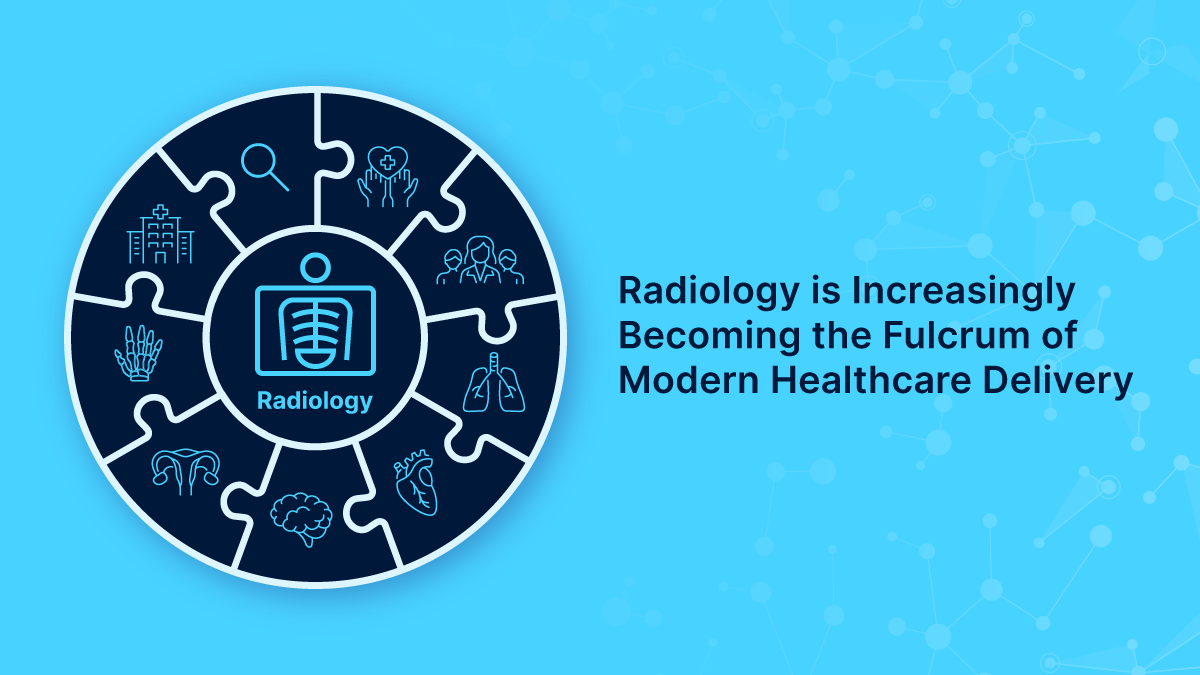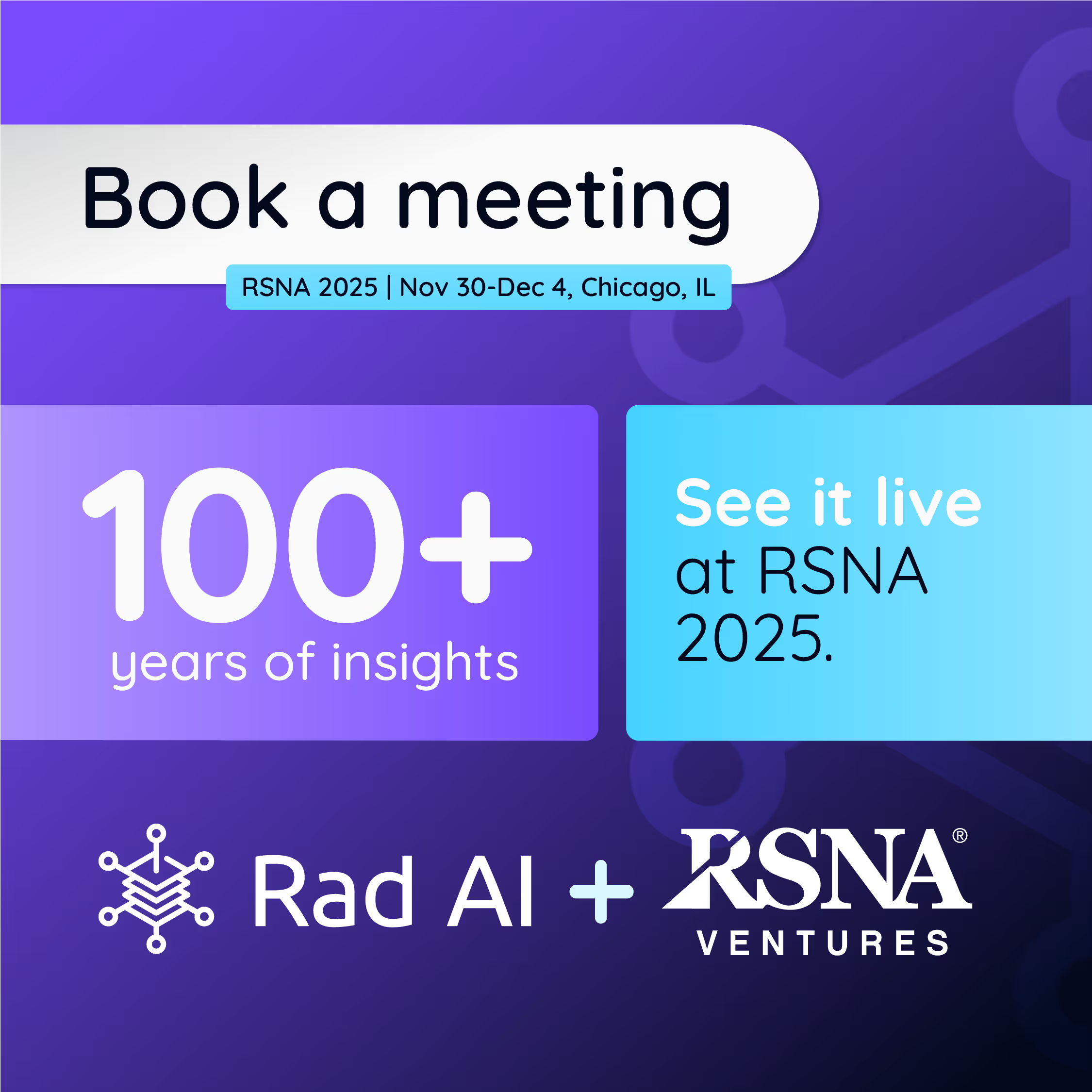Radiology is Increasingly Becoming the Fulcrum of Modern Healthcare Delivery


Recent studies are indicating an increasingly critical supply and demand mismatch in radiology. Notably, emergency department imaging utilization has escalated significantly, with a particular increase in the use of advanced imaging modalities such as CT, thereby leading to surging demand for more specialized radiology interpretation. An additional study found that imaging spend has increased by nearly 35.9% over the course of a decade, a figure which is expected to continue to grow by double digits in the coming years. In fact, the overall scope and workload of radiologists in the United States almost doubled from approximately 15,000 to 27,000 studies per radiologist per year from 2008 to 2018; meanwhile, the radiologist workforce only expanded by a mere 13%. To further highlight this paradox, reports indicate that nearly 32% of practicing radiologists are over the age of 55, meaning that impending retirements may further strain the already limited workforce.
Why has the demand for radiology grown so rapidly?
One primary reason is that the field has evolved far beyond purely diagnostics and has quietly cemented itself as a central linchpin and asset that has penetrated nearly every aspect of modern day patient care. Imaging studies play a central role in diagnostics, guide treatment decisions, enable guidance-oriented procedures and empower the monitoring and required calibration of long-term responses to treatment and disease progression.
From simple chest x-rays used to rule out cardiopulmonary trauma and pre-screen patients for metal prior to MRIs, to more advanced modalities such as CT, MRI, fluoroscopy, point-of-care ultrasound (POCUS) and image-guided interventions, radiology is no longer seen as an elective modality, but is now undoubtedly appreciated as a crucial aspect of what makes modern medicine, modern.
These facts illuminate an inherent paradigm: radiology is a fundamental tenet of the healthcare system and contributes significantly to improving societal health outcomes.
Additionally, these contributions by the field continue to be increasingly impactful given the rapid advancements in technology, and most recently, in generative AI, that strive to make the practice of radiology more efficient and effective.
Dr. Elizabeth Bergey, Chief Medical Information Officer at Rad AI, further explains the potential that is unlocked with innovation: “As recently as 4 years ago, many enterprises were able to maintain outpatient report turn around times to a day. Today, it’s the rare team that can boast such stellar stats. Many patients are waiting weeks for their results. Even some stroke patients wait longer than ideal. Something is going to break if we can’t essentially get more from less with the advent of new AI based detection algorithms and the elegant integration of generative AI.”
Indeed, successful integration of new advancements in generative AI have been a massive boon to radiology practices, especially with platforms that can significantly augment report generation and thereby, capture definable workflow efficiencies and save time. For example, users that have adopted Rad AI’s Impressions platform indicate spending nearly 50% less time in generating impressions in their reports in addition to manually dictating 80% less words. These efficiencies directly translate to value capture for individual radiologists which will flow to broader health systems.
Furthermore, improving imaging workflow efficiency also provides significant value to patient care: every $1 spent on imaging translates to nearly 3x in savings, with significant cost savings for patient stays as well. Additionally, from a holistic value capture perspective, as imaging increasingly becomes integral for prevention and disease diagnostics to progression monitoring and therapeutic management, health systems will continue to realize massive benefits as they pursue new and emerging value based reimbursement models centered on longitudinal patient outcomes. This is where products such as Rad AI’s Continuity platform, which significantly augments follow-up management, will especially unlock immense value.
With these aspects at stake, health systems have to prioritize efficiency and reducing workflow burdens, especially for their existing staff which are already stretched thin. Embracing advancements in generative AI and technologies that can augment workflows is no longer an option; rather, it is a pivotal component of the modern day radiology practice. Solutions that can save a radiologist even one hour per shift can provide massive value capture for individual practitioners, larger healthcare systems, and most importantly, for the patients and communities these systems serve.






